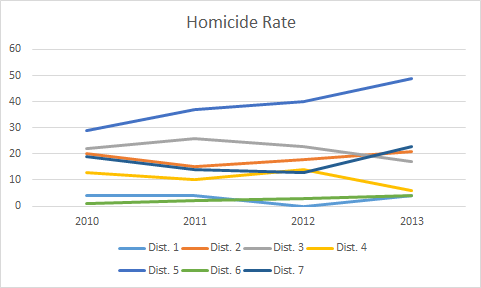Thoughts on the Navy / Fukushima Litigation
There’s an important lawsuit currently pending in federal court in San Diego. In this post, I’ll provide a brief summary and then highlight an intriguing legal question that the parties haven’t addressed.
First the summary: Two months ago, a class of U.S. Navy sailors filed an amended complaint against Tokyo Electric Power Company (“TEPCO”), the operator of the nuclear reactors in Fukushima that melted down after an earthquake-induced tsunami destroyed their power systems in March 2011. Within days of the earthquake, the U.S. Navy sent the USS Ronald Reagan to provide humanitarian aid to victims, but inadvertently exposed dozens of sailors to allegedly high levels of radiation in the process. Press reports suggest that the carrier sailed into a plume of radioactive steam a couple of miles off the coast, and that the crew drank and bathed in desalinated seawater that was irradiated. The claimed effects include reproductive problems, leukemia, ulcers, brain cancer, and thyroid illnesses, among others. Upon return from the mission, one sailor allegedly began to lose his eyesight. Another gave birth to a child with multiple birth defects. Some observers believe that the Ronald Reagan–a $6 billion vessel–is now too radioactive to keep in service. According to the complaint, TEPCO is responsible because the company knew about the high levels of radiation emitting from the reactors but nevertheless failed to inform the public, including the ship’s crew. Claims include negligence; strict liability for design defect, failure to warn, and ultra-hazardous activities; public and private nuisance; and intentional infliction of emotional distress. As remedies, the plaintiffs have demanded compensation for lost wages, punitive damages, and a $1 billion fund for medical care. Last month TEPCO filed a motion to dismiss on the basis of international comity, forum non conveniens, the political question doctrine, and various alleged deficiencies in the prima facie case.

